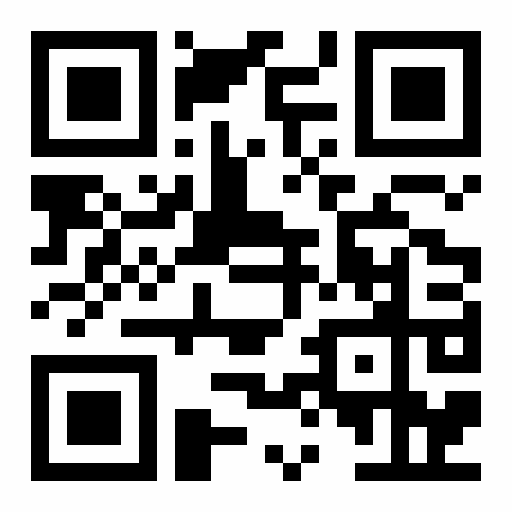




Introduction: Due to the various pharmacological effects of NAC and its relative harmlessness, tendency to use NAC has increased for various uses in the recent years. Therefore, the aim of this study was to investigate the effect of N-acetylcyctein (NAC) on antioxidant indices in brain traumatic patients. Method:. 120 patients due to traumatic brain injury with entry criteria were randomly divided into two groups: intervention and control groups. After blood sample was taken, and the initial values of SOD and GPX were recorded in the checklist. One hour after entering to the emergency department , the patients in the intervention group, received 200 mg NAC , diluted with 100 cc of normal saline solution , infused in half an hour. the patients in the control group received only 100 cc of normal saline solution , infusion in half an hour. Six hours after taking medication , re-sampling was done in all the patients and the results were recorded. Results: The results of this study showed that mean of GPX and SOD before the intervention, in two groups of the patients was not statistically significant (p>0.05); meanwhile, the mean of GPX and SOD after the intervention was statistically significant in both intervention and control groups (p < 0. 05). Conclusion: According to the findings of this study, in which the results of the effect of NAC on the traumatic brain injury was evaluated positive and since NAC is a harmless drug, cheap, available and convenient drug.